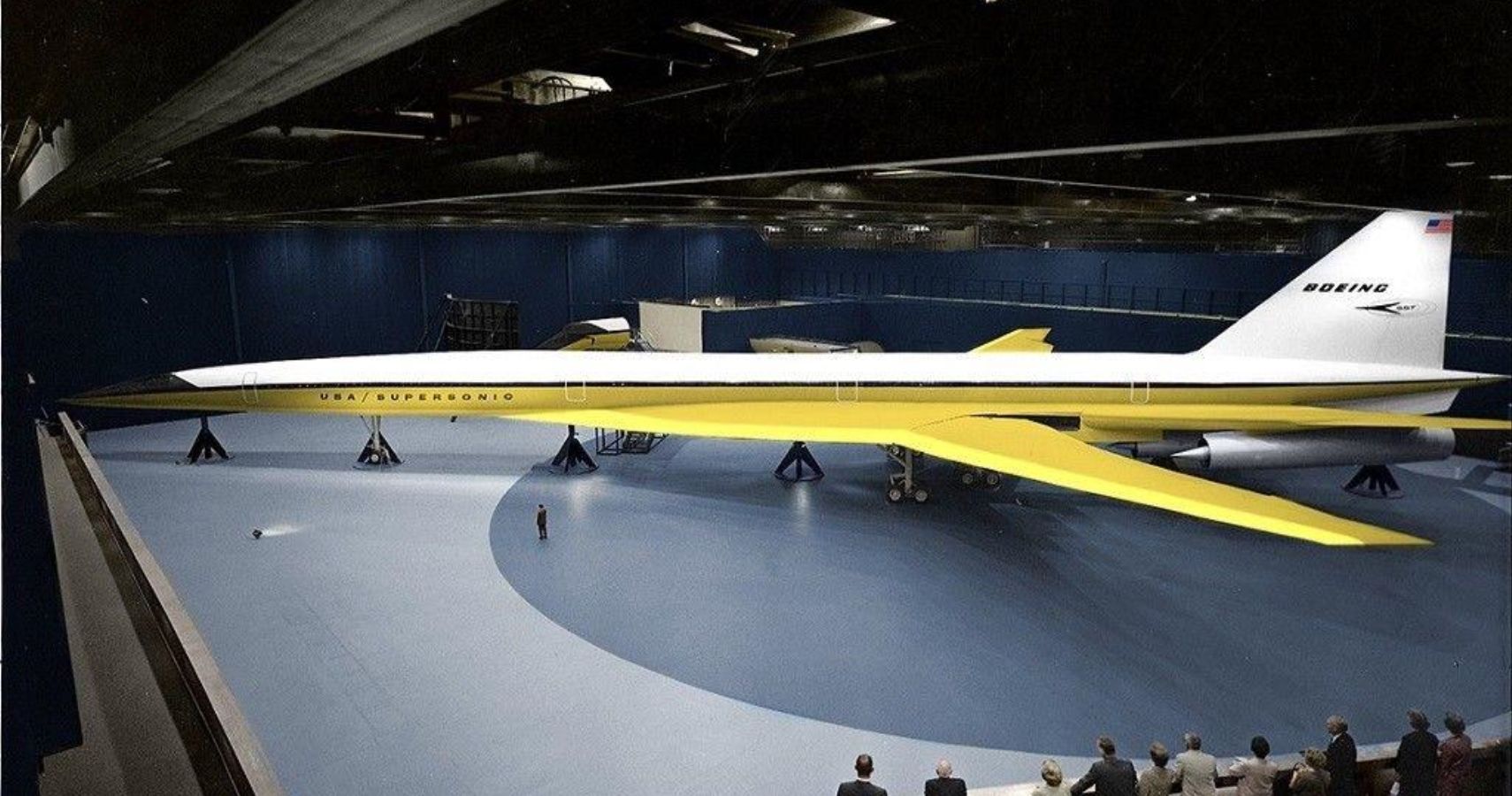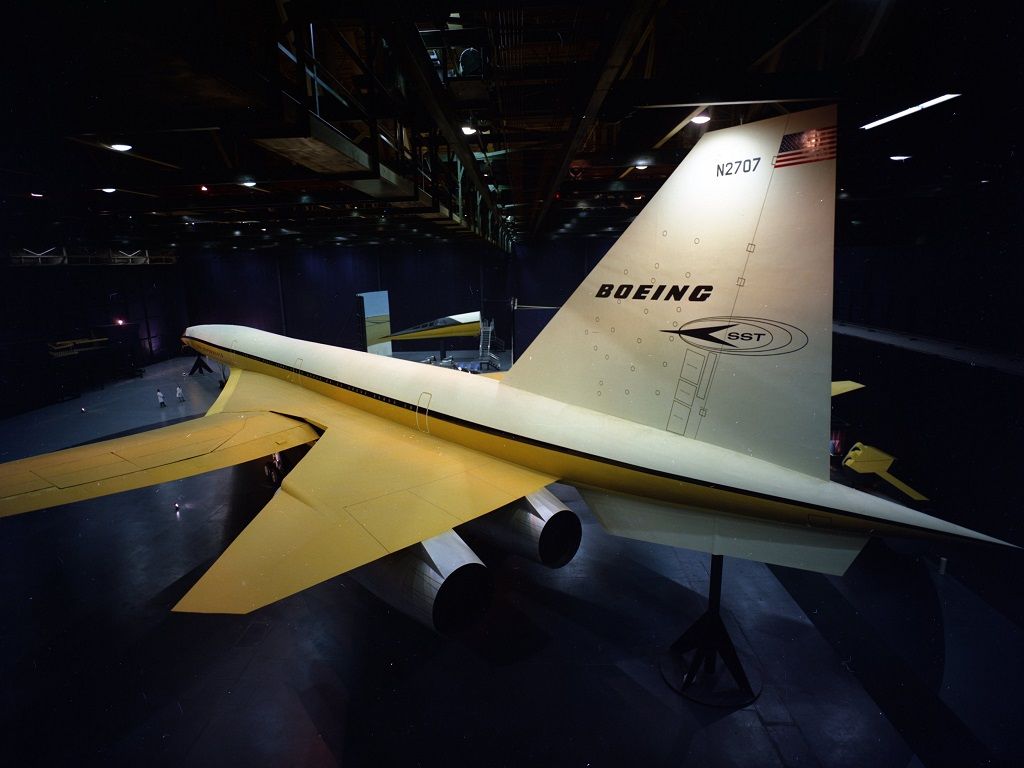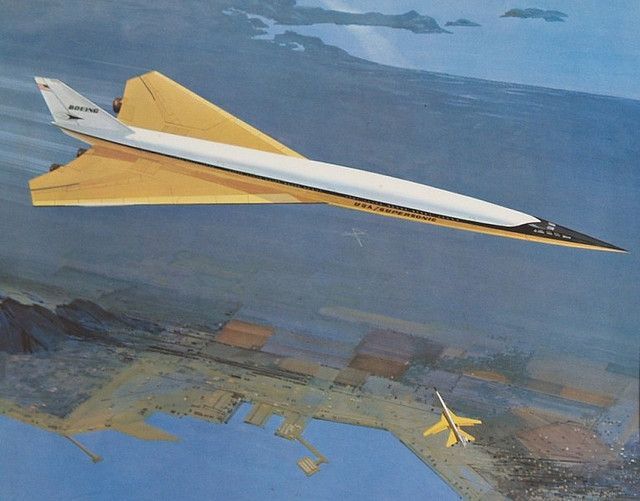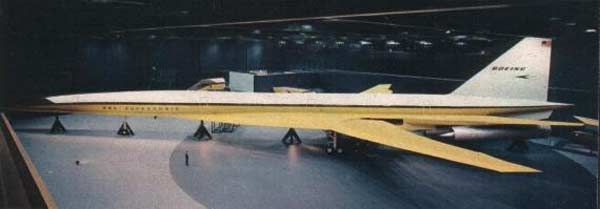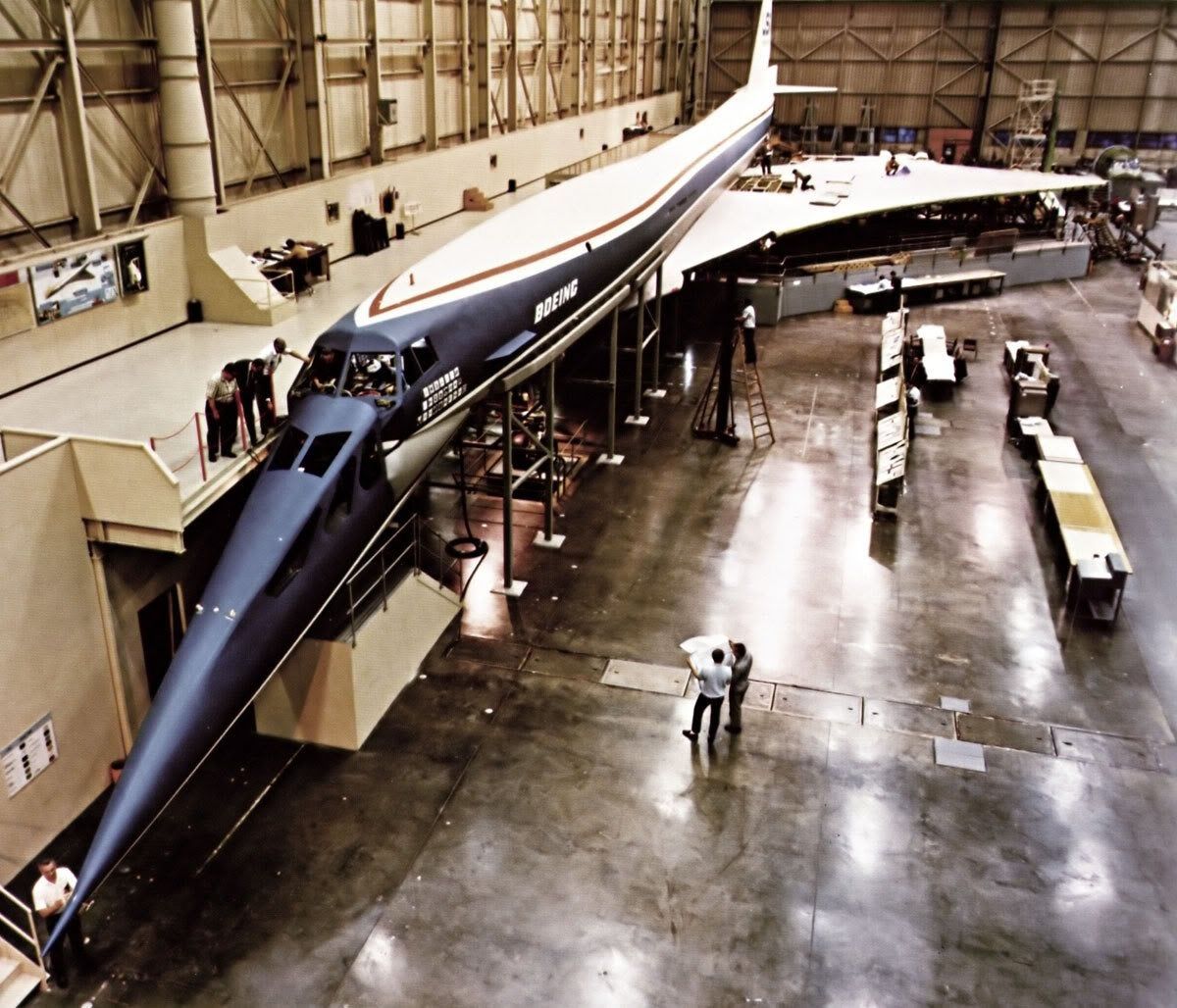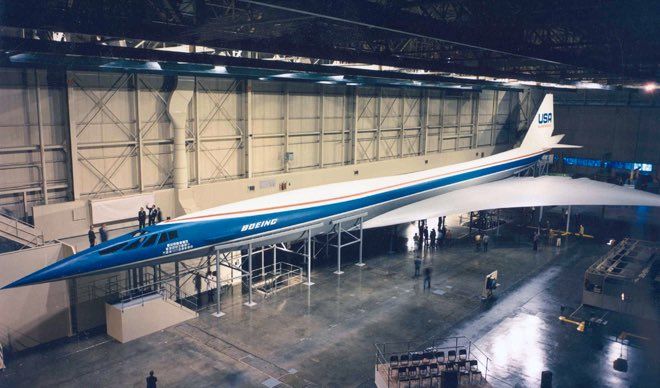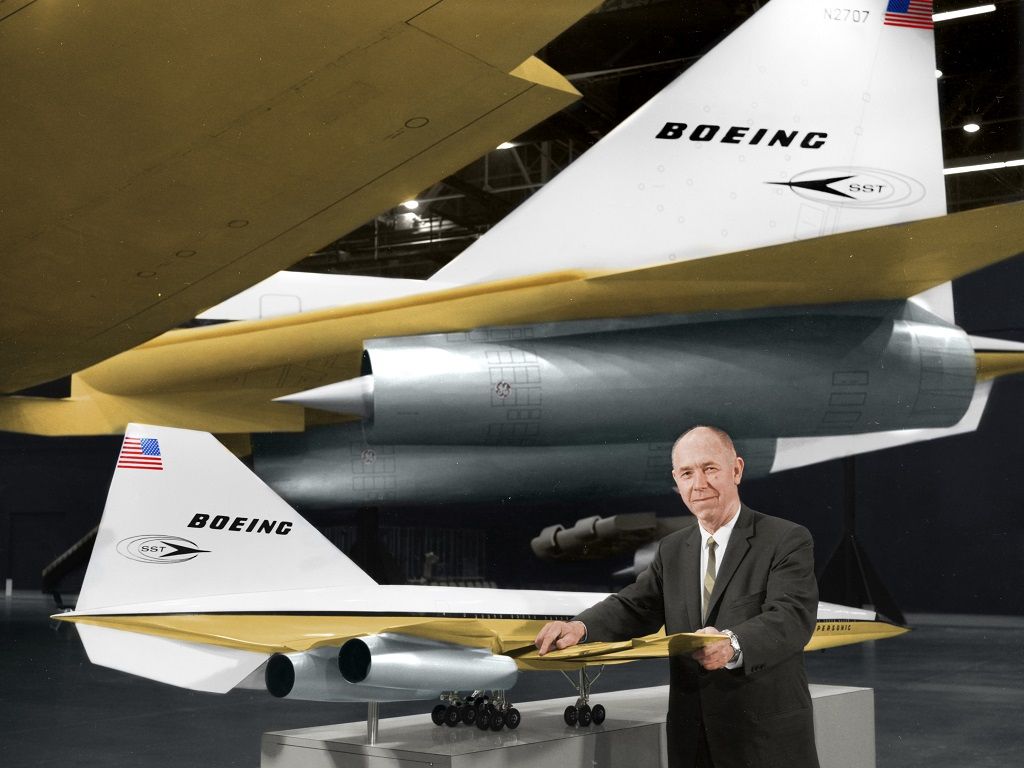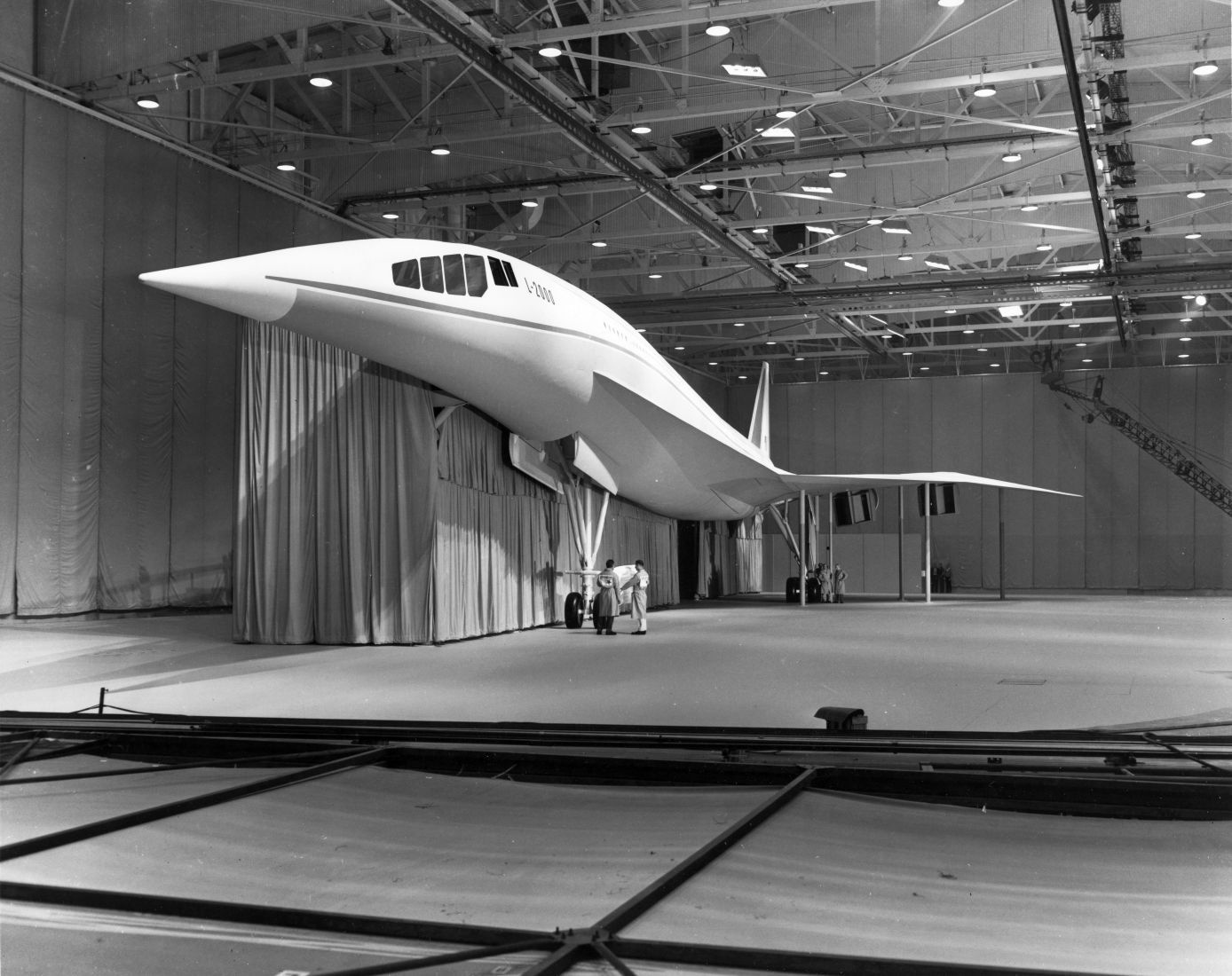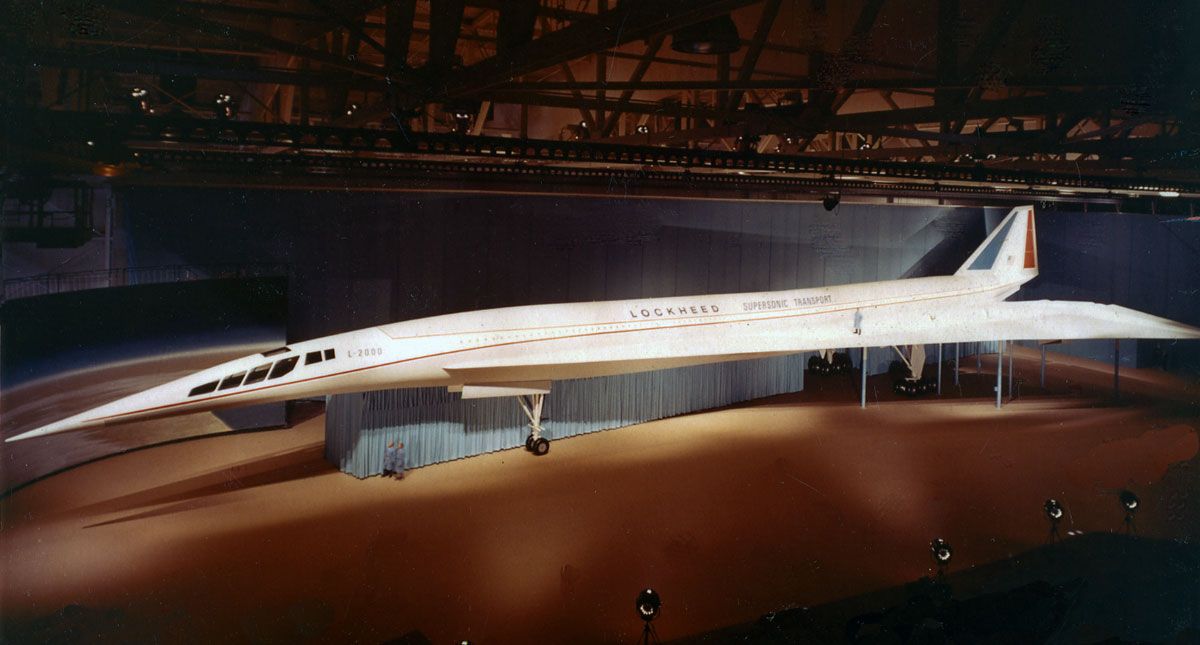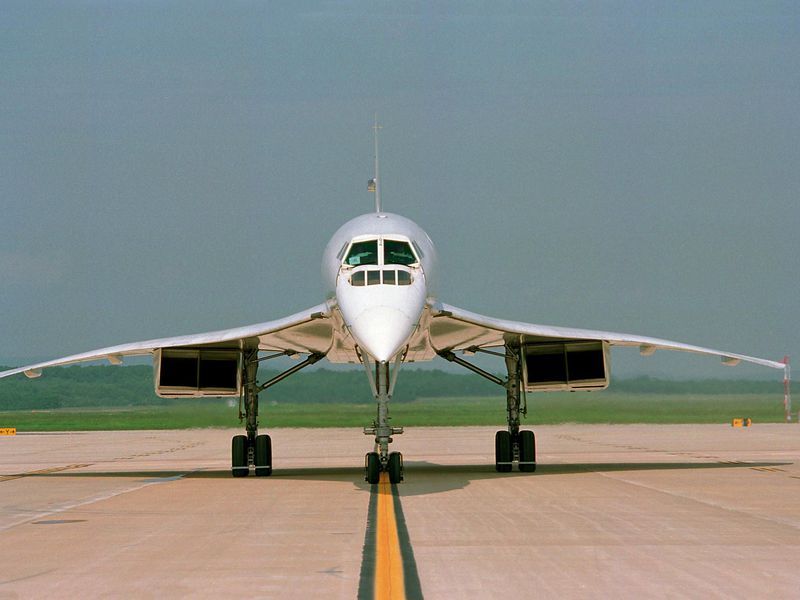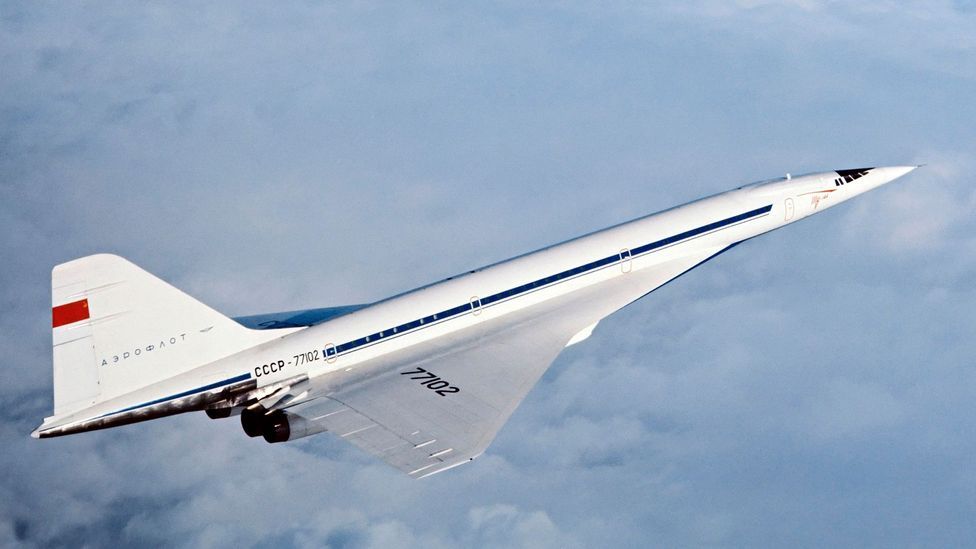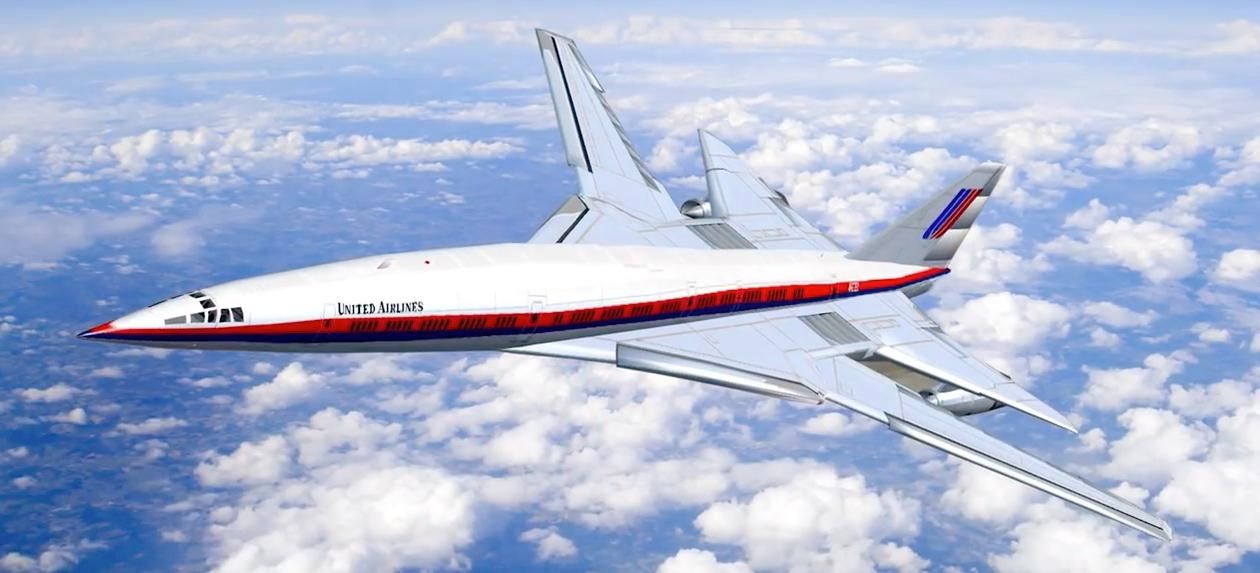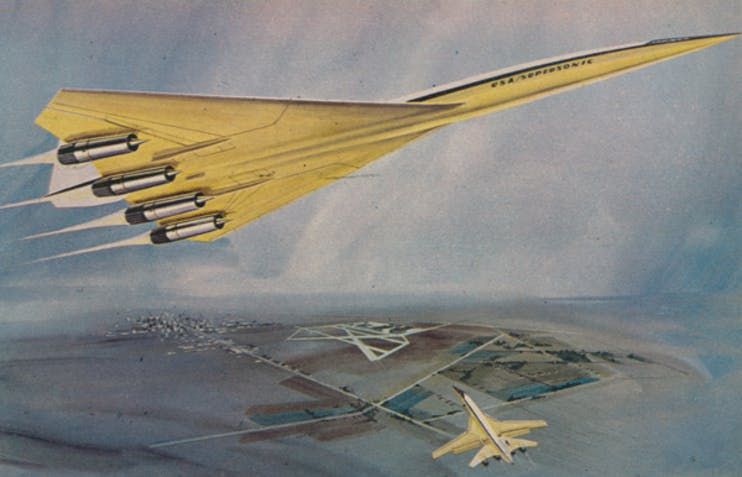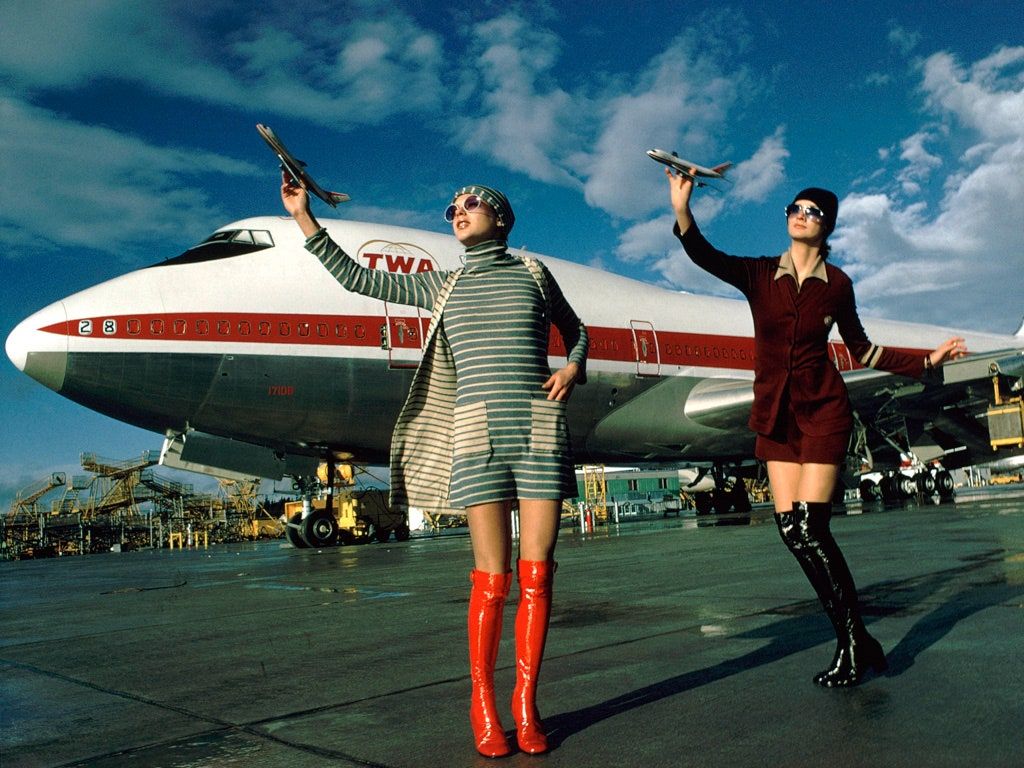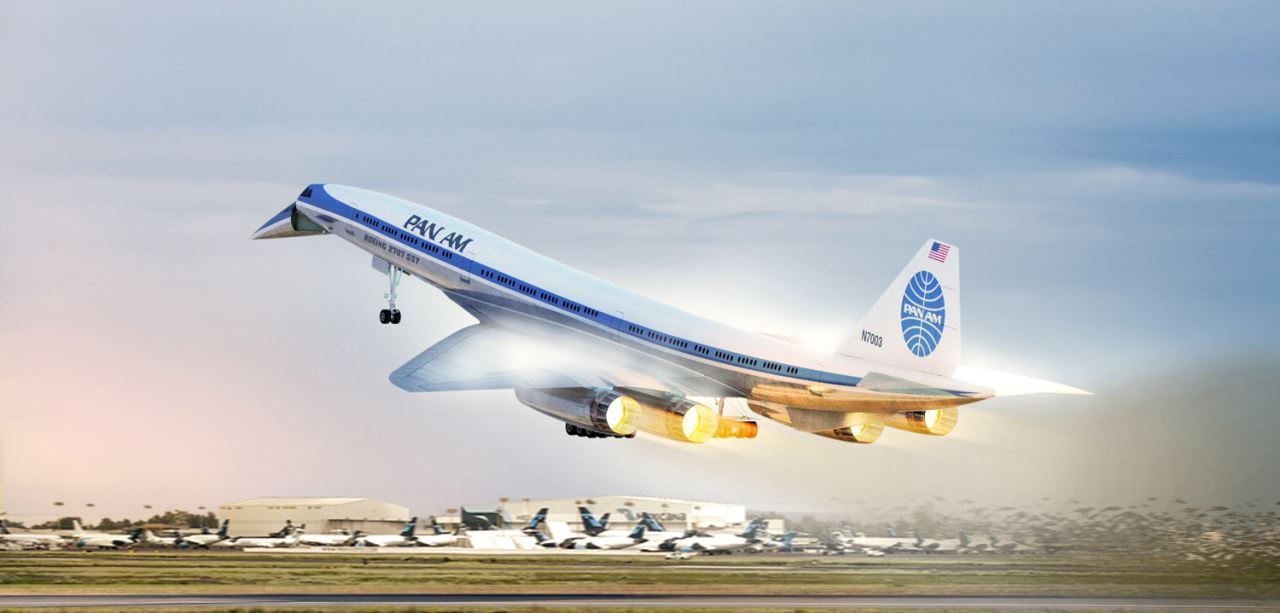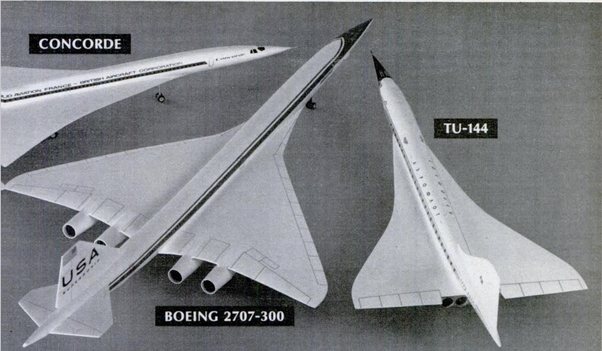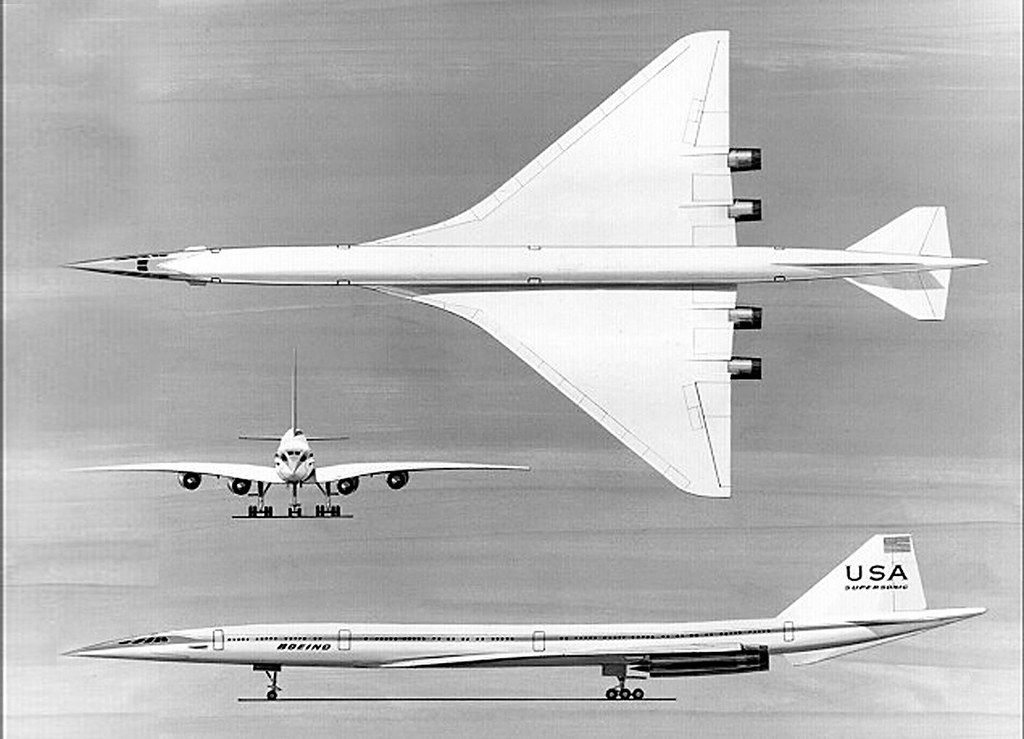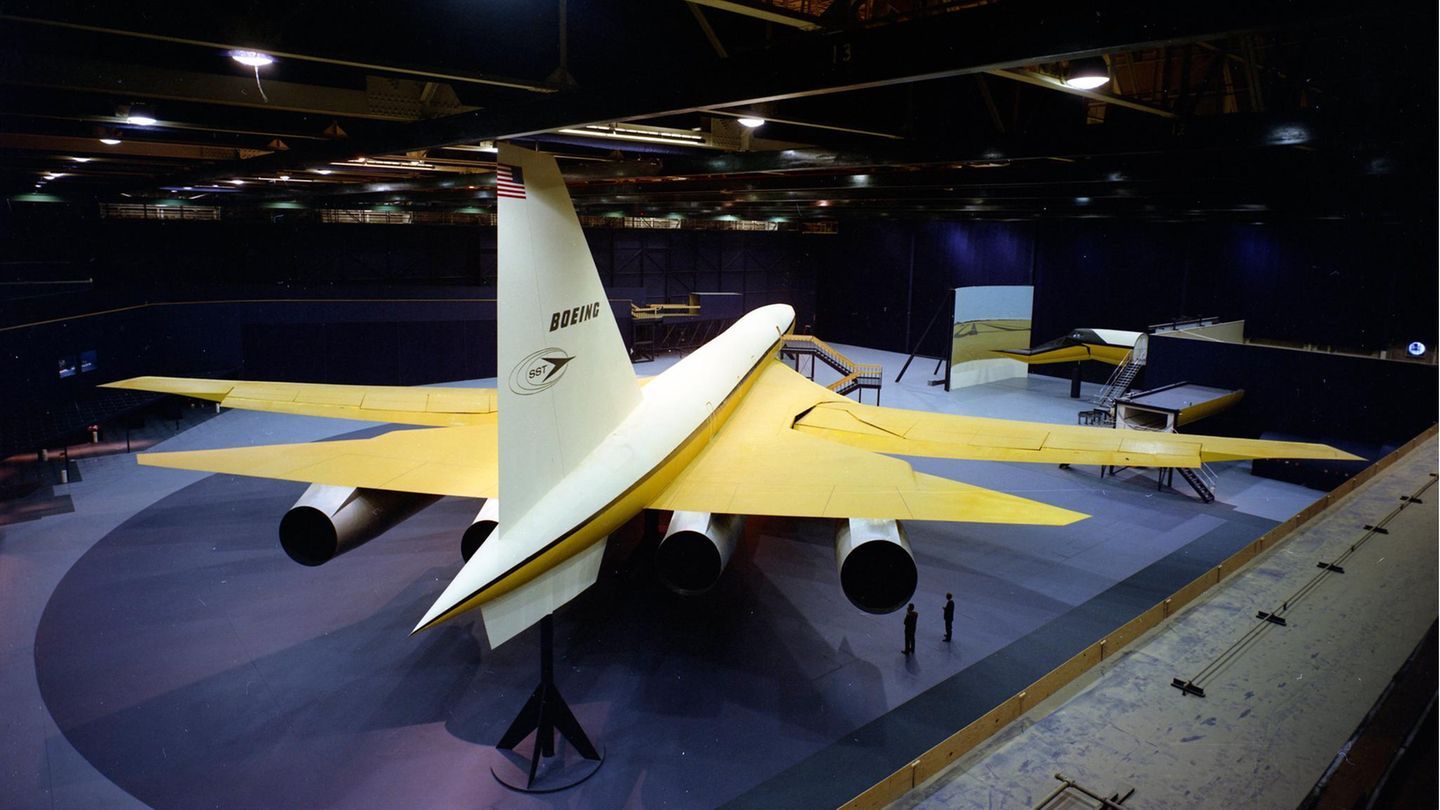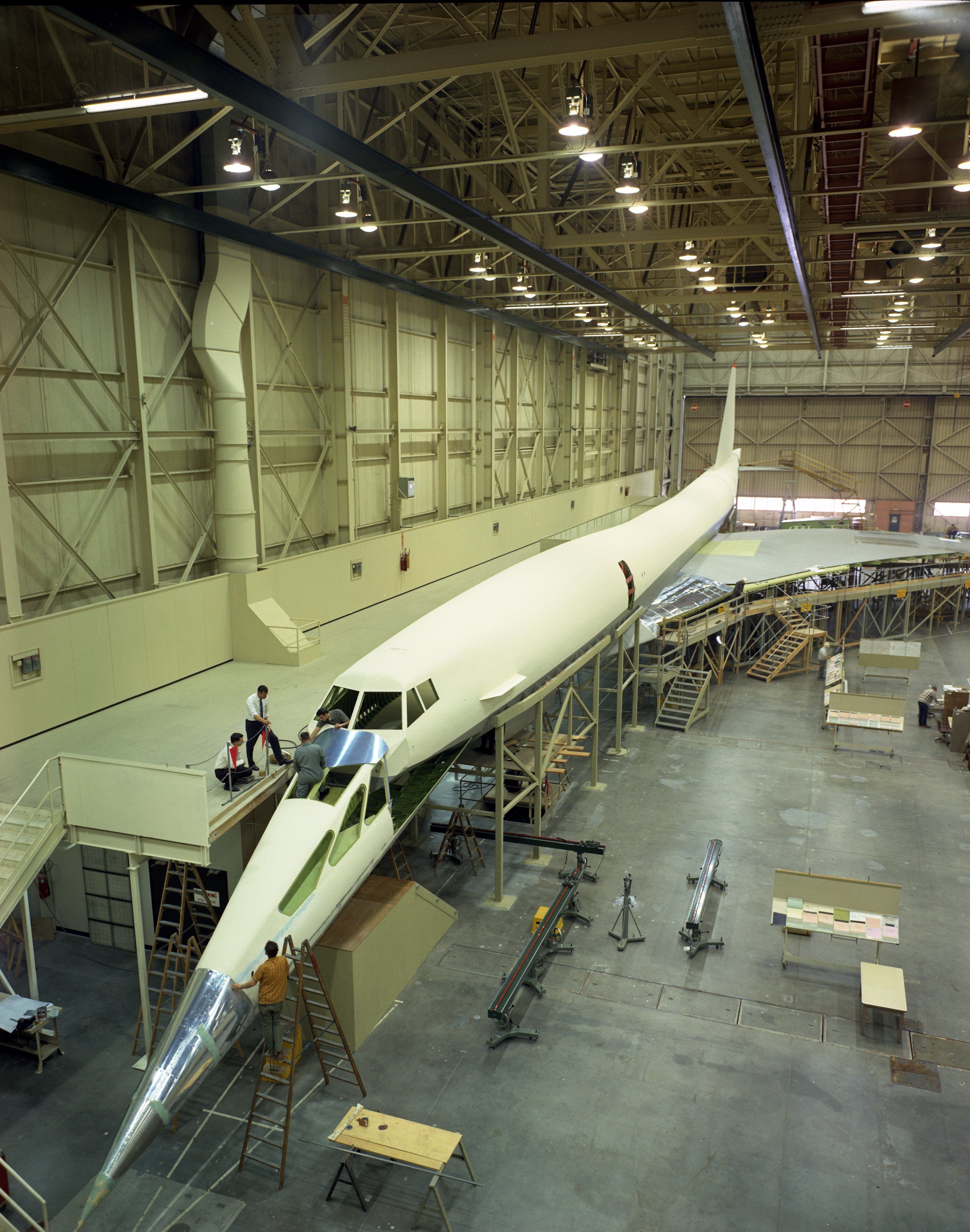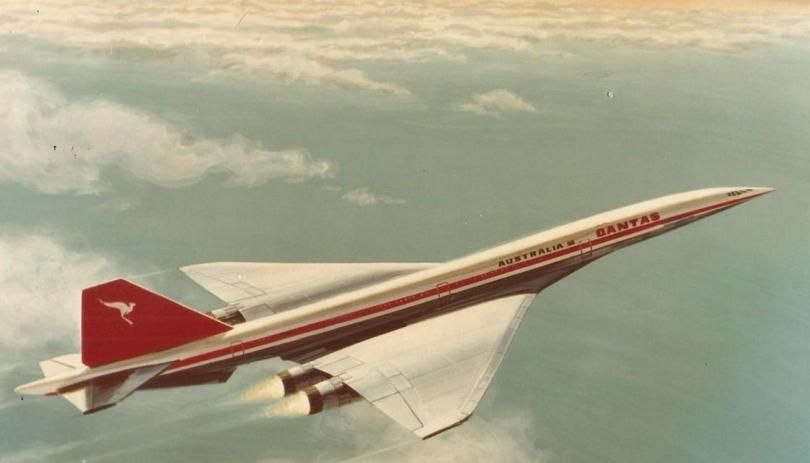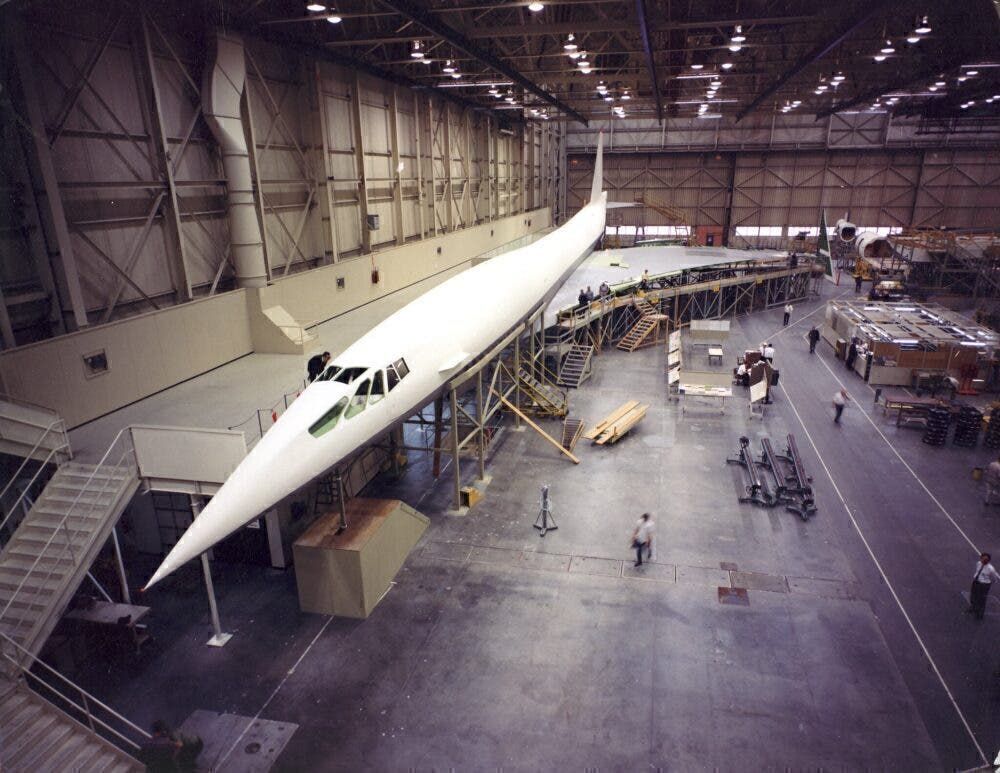The 1960s truly was a fascinating time for commercial aviation. Aside from aircraft getting bigger, some people had the bright idea of making them faster than ever before. This led to the age of the Supersonic Transporter or SST for short. Most notably, we remember this era for the Concorde, the only SST to make any sort of money, and of course the Soviet Union’s less successful TU-144. But what is often forgotten is that America had a go at creating an SST of its own.
Worried about losing its global aviation advantage, Boeing was tasked with creating what should have become the Boeing 2707 SST. This would have been an aircraft that could carry more passengers than Concorde and the TU-144, and fly faster, too. However, as we all know, the aircraft never got past the giant mockup stage. Ultimately, a whole host of reasons, some of which we will list below, scuppered the chance for America’s SST to ever take to the skies.
10 It Was Way Too Expensive
From the outset, the sheer challenge of building a supersonic transporter that could outdo both the Concorde and the Soviet TU-144 would be huge. Not just technically, but financially.
The original cost estimates for Boeing were that the two prototypes would be built over four years to a staggering cost of $1.44 billion, which equates roughly to around $35 billion in today's money.
9 The Design Of The Aircraft Was Incredibly Complex
SSTs are, by their very nature, complex machines. The Concorde was supercruise-capable and featured a droop-snoot, whilst the Soviet TU-144 had the latter along with canard wings. However, Boeing also wanted to incorporate a swing-wing function into the aircraft alongside the droop nose.
The mechanism for the wing would have added a huge amount of weight and complexity to an aircraft that was already set to be much larger and more complicated than its rivals. An attempt to simplify the aircraft with a fixed delta was made, but this didn't stop the project from being canceled in 1971.
8 It Was Purely A Symbol Of Political Power
The biggest problem the Boeing 2707 probably faced was the reason for its existence. As the Concorde was being developed, America began to fear that its global edge in the civil aviation market would be lost if Britain and France perfected and sold hundreds of Concordes.
So the ‘2707 became nothing more than a symbol of political power, with the United States hoping it would say, “remember us? We build the best airliners in the world.”
7 Lockheed's Simpler Design Was Snubbed
This is not a dig against Boeing at all. Had the ‘2707 been made to work, Boeing would have done a fantastic job. However, as a rival for the SST contract, Lockheed, had come up with the L-2000.
This aircraft would not only have been larger than the Concorde, but it would have been much simpler than the Boeing 2707. Had Lockheed been chosen, America’s SST might have gotten off the ground.
6 It Was Too Far Behind The Concorde And The TU-144
When the project was formally announced in the late 1960s, the Americans were already facing a nearly impossible task. Concorde’s first flight was just a couple of years away, as was that of the TU-144.
And despite both aircraft taking some years to enter passenger service, they surely would have done so much sooner than the 2707 would have done. If SSTs had taken off in the global market, Boeing would have been left behind.
5 The Appetite For An SST Was Dying Out
When the Concorde was first announced and shown to the world, the appetite in the aviation industry and with the public for an SST was huge. To be able to cross the globe in half the time it would have taken on, say, a conventional Boeing, would have been amazing.
But by the time the Boeing project was canceled in 1971, the appetite for such an aircraft was fading. SST’s had complex issues such as the sonic boom problem, which meant they would be restricted to ocean routes only.
4 The Boeing 747 Was Much More Economically Viable
Remarkably, whilst they were developing the ‘2707, Boeing was also creating the 747. The company clearly was hedging its bets on which type of aircraft, giant conventional or slim SST, would create the most money.
As it would transpire, cramming as many people as possible into one aircraft would be the best way forward. The ‘2707 would have been severely limited in its economical potential, especially as costs rose.
3 Costs Started To Spiral Out Of Control
As with every major project, costs with the Boeing 2707 soon began to truly spiral out of control. Boeing tried to avoid this by simplifying the aircraft.
The swing-wing concept was abandoned for a conventional delta, but the rate at which costs would soon spiral further was evident as over $1 billion had already been spent on the aircraft when it was canceled in 1971, with only full-size mockups of the aircraft built.
2 Airlines Pulled Orders For The Jet
Like with the Concorde project, an initial order book for the aircraft, non-committal that is, looked promising. Twenty-six airlines placed 122 delivery positions for the 2707, which included airlines Pan Am, TWA, Alitalia, and Branif.
However, as it became clear the aircraft would probably never take flight, these airlines slowly withdrew their orders until the project was canceled.
1 Sonic Booms Were Banned Over The United States
To see what reaction the public would have to sonic booms, Operation Bongo II was conducted in 1964 for six months. This subjected the residents of Oklahoma City, Oklahoma to six months of sonic booms from jet fighters at various intervals.
The public reception was so bad it was stopped early, and it ultimately led to the banning of supersonic flights over US airspace, scuppering Concorde’s prospects, and speeding up the cancellation of the ‘2707.
Sources: Archyde, International Aviation HQ, Airline Ratings, Traveler, Twitter, Pinterest, Simple Flying

